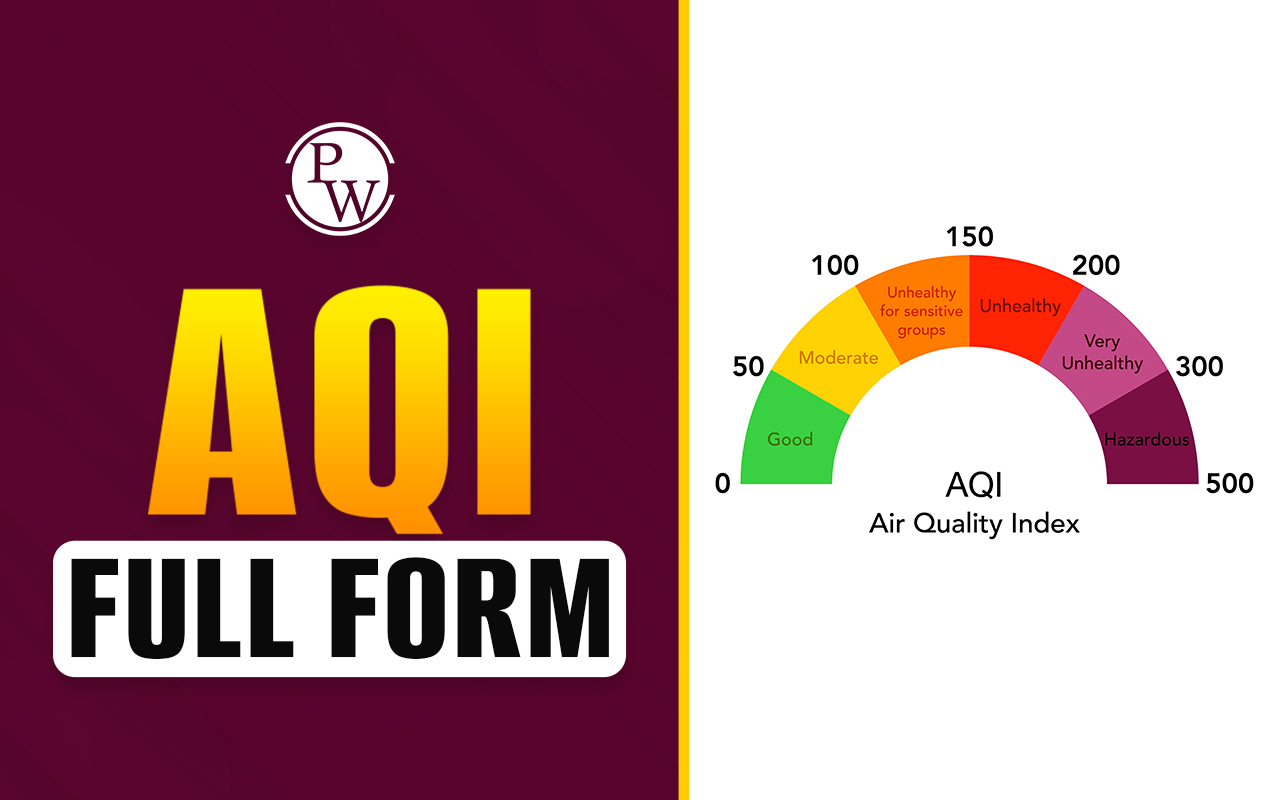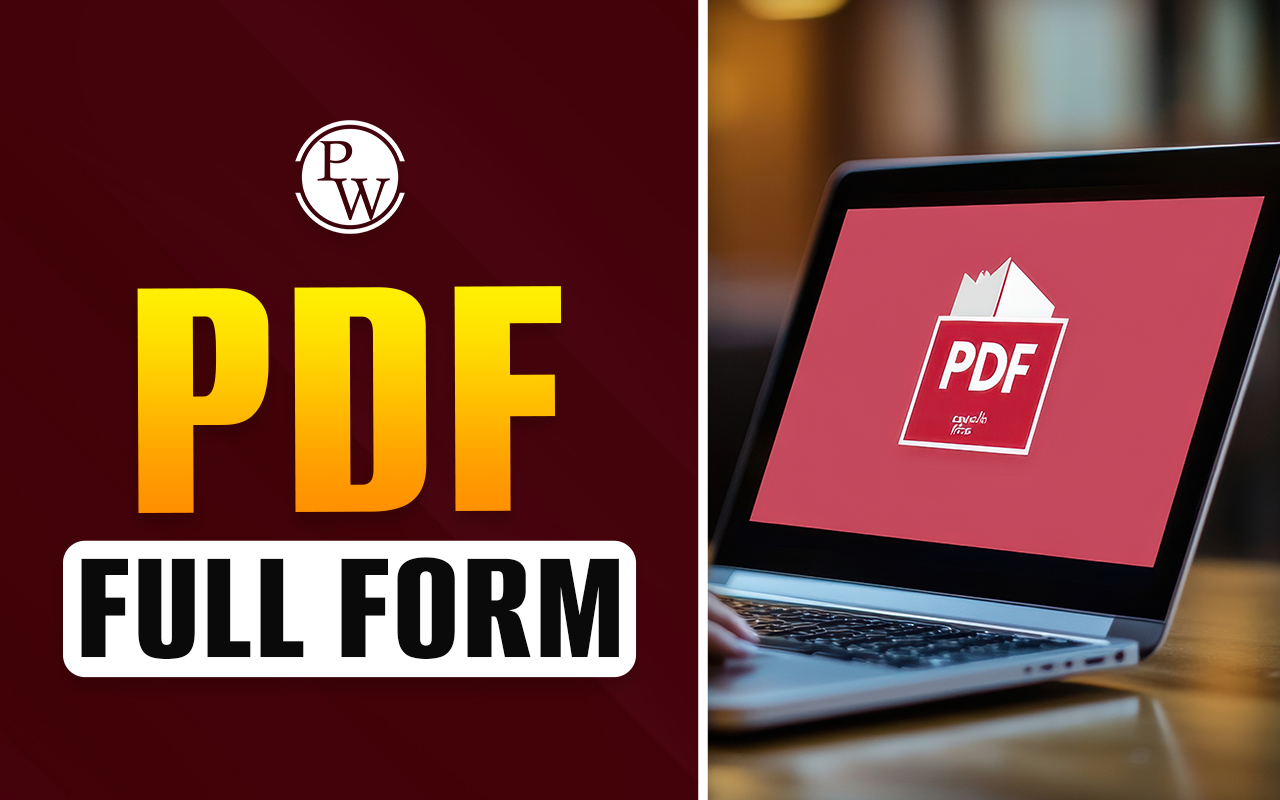

The full form of ALE in a microprocessor is Address Latch Enable.
An address latch enable (ALE) is a control signal that enables the address bus.
A control signal, in simple terms, is a positive pulse generated when a new operation is initiated by a microprocessor.
An address bus, on the other hand, is a "computer bus" architecture that is used to transfer data between devices.
For instance, if the ALE is 1, it means that it enables the address bus, and when the ALE is 0, the low pulse enables the data bus.
In summary, an address latch enable is nothing but an input. When the input is "true," it allows the input address to be registered, but if it is "false," then it will cause the previous address state that was entered to be latched.
The Purpose of the ALE Pin
An ALE pin, in simple terms, is used to enable the address latch. It is used to indicate whether the AD0 or AD7 is an address bus or a data bus.
If ALE = 1, then it is an indication that it is an address bus, but if ALE = 0, then it indicates it is a data bus.
ALE Line in an 8085 Microprocessor
The ALE line in an 8085 microprocessor is used to latch 8 bits from the address lines AD7-AD0 into an external latch. As mentioned before, ALE is the acronym for address latch enable, and it is the 30th pin of 8085. It is used to either enable or disable the address bus.
THe address bus is enabled during the first clock cycle when the ALE pin is highest.
Further, the microprocessor 8085 is an 8 bit processor made by Intel and was introduced back in 1976. It is a binary programme that works with the Intel 8080.
ALE In an 8086 or 8088 Microprocessor
The address latch enable is a special pin used in 8086 and 8088 microprocessors. For instance, the 8086 processor is one that has multiplexed data lines or addresses. This means that the same 16 lines are used to transfer data and addresses from AD0 to AD15.
Because these lines are multiplexed, an address or data can be transmitted through them, but only one at a time.
If we talk about the general computer architecture, regardless of the operation (R/W), the operation address is generated first, then that of the data transfer takes place.
In other words, only one operation takes place at a time. When the processor transfers addresses from AD0 to AD15, the address latch pin is high, which suggests the multiplexed lines contain the address on
On the other hand, when the pin is low, the data is transferred after inserting a delay between operations. Therefore, we can say that the sample lines are used for multiple operations.
[wp-faq-schema title=" Full form of ALE in Microprocessor FAQs" accordion=1]
What is the use of ALE signals?
What is the purpose of the ALE signal in an 8086 processor?
Which pin is used for address latch enable?
What is an address latch?












